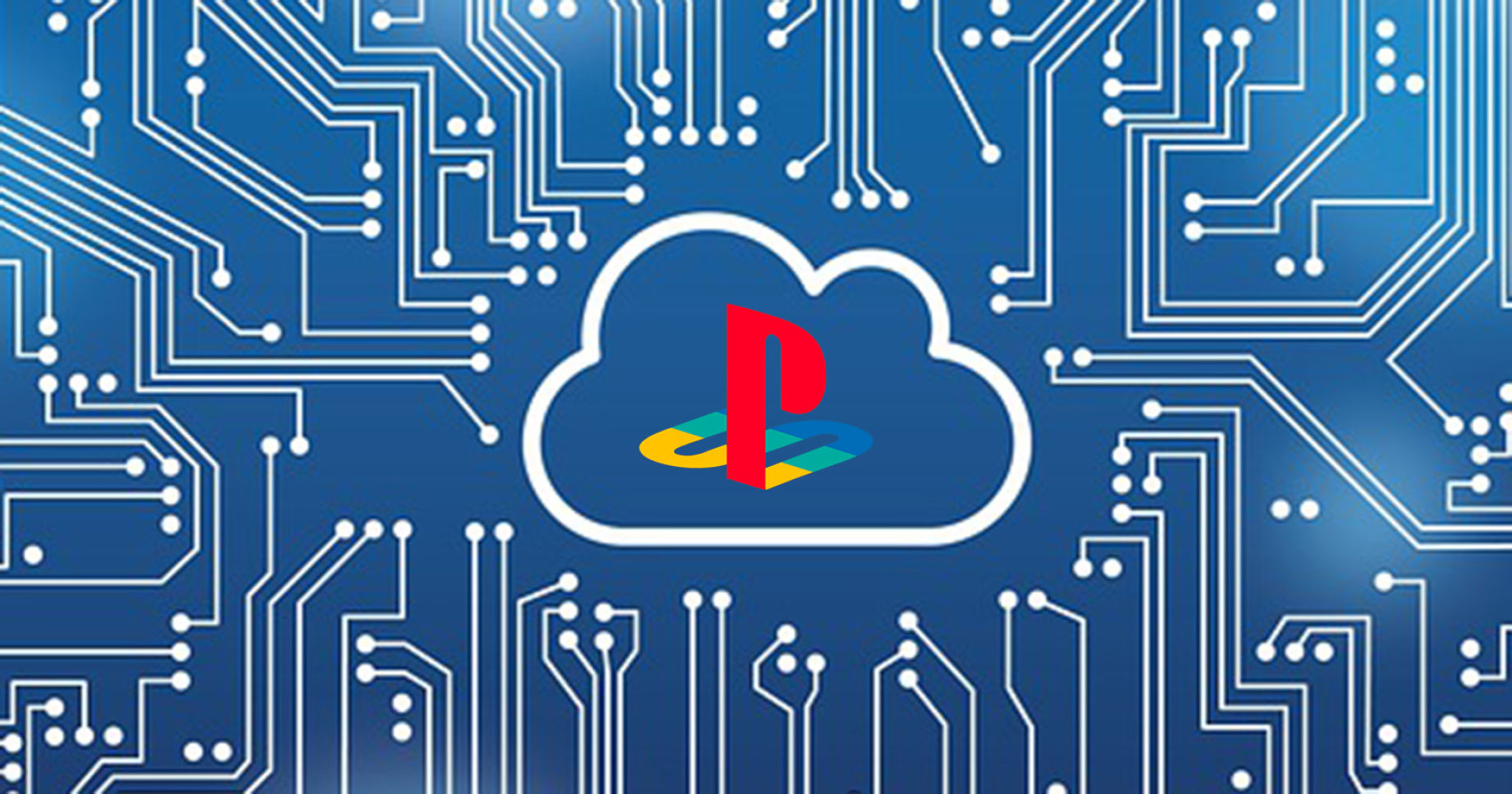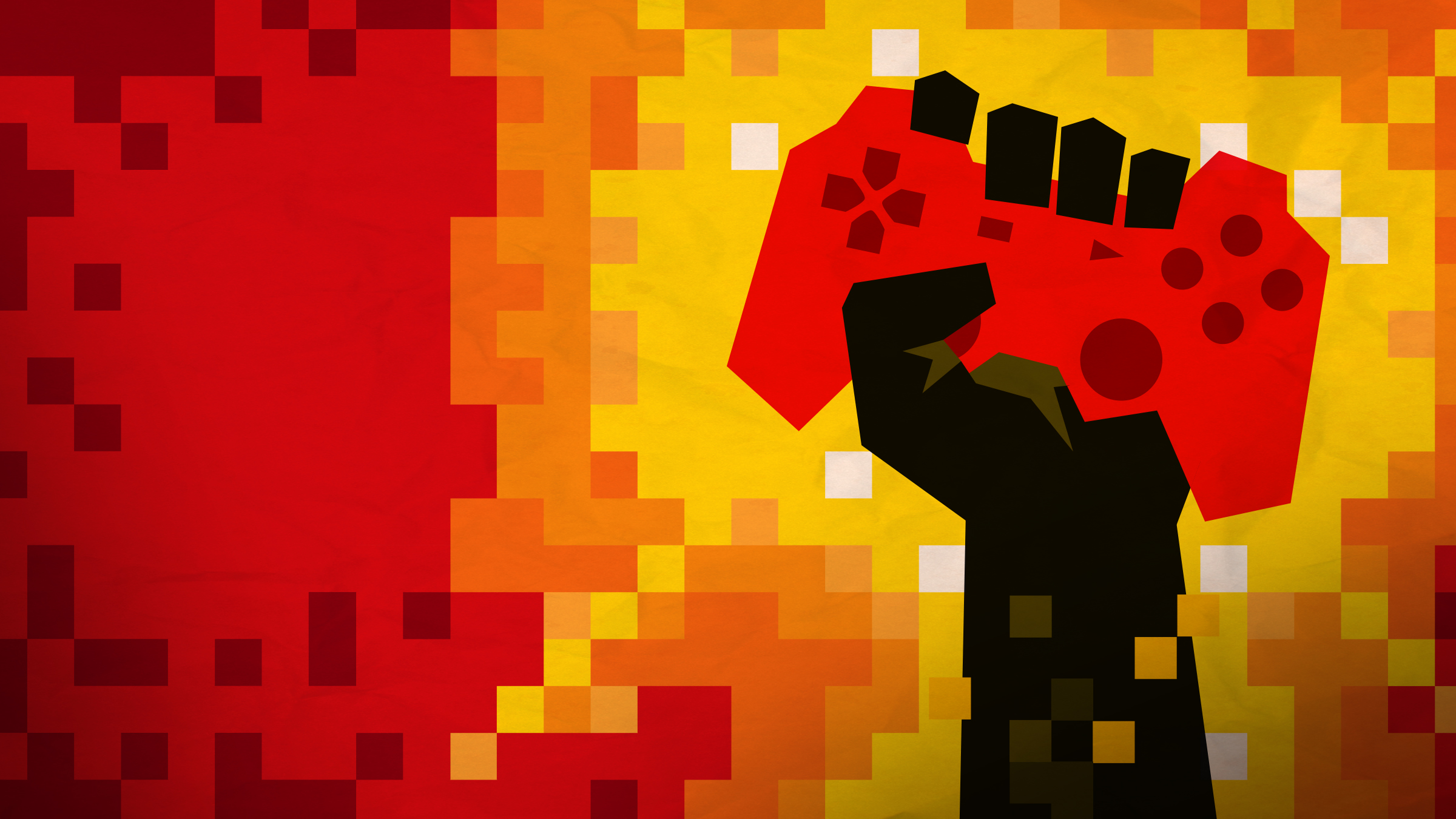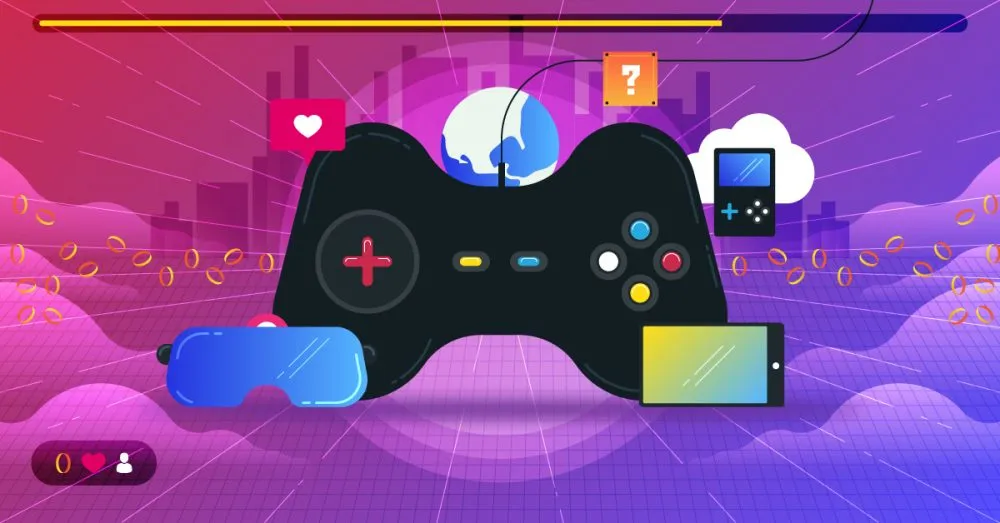Introduction to Cloud Gaming
The gaming world is undergoing a seismic shift, and it’s all thanks to the cloud. Imagine playing your favorite titles without needing bulky hardware or waiting for lengthy downloads. This isn’t just a dream; it’s part of what we call the Cloud Gaming Revolution. As technology advances, gamers are finding themselves in an exhilarating new landscape where access is easier, experiences are richer, and boundaries are fading away.
Gone are the days when gaming was confined to consoles or high-end PCs. With cloud gaming, you can enjoy immersive gameplay on various devices—be it your smartphone during a commute or a smart TV at home—all while tapping into powerful servers that handle the heavy lifting. It’s not just about convenience; it’s about transforming how we connect with our favorite games.
Curious about this transformative trend? Let’s dive deeper into what makes cloud gaming so compelling, explore its advantages and disadvantages, uncover how it works behind the scenes, check out leading companies in this space, and envision what lies ahead for this exciting frontier of entertainment.
The Advantages of Cloud Gaming
One of the most significant advantages of cloud gaming is accessibility. Players can enjoy their favorite games on various devices, from smartphones to smart TVs. This flexibility means you don’t need dedicated gaming hardware.
Another benefit is cost-effectiveness. With traditional gaming, buying consoles or high-end PCs can be pricey. Cloud gaming eliminates this barrier by allowing users to pay for access instead of expensive equipment.
Additionally, there’s no need for lengthy downloads or updates. Games are streamed directly over the internet, providing instant playability. Jumping into a game takes seconds rather than hours.
The ease of multiplayer experiences also shines in cloud platforms. Friends can join in regardless of location or device type, fostering greater community engagement and interaction within the game world.
Cloud services often offer regular updates and new titles as part of subscriptions, keeping your library fresh without extra costs.

One of the main advantages of cloud gaming is the ability to play high-quality, demanding games on low-end devices. The processing power and graphics rendering are handled by powerful servers, allowing even older or less powerful devices to run modern games smoothly.
Cloud gaming also offers a more environmentally friendly alternative to traditional gaming. With no need for physical discs or consoles, there is less electronic waste produced. Additionally, cloud servers can be more energy-efficient than individual consoles or PCs.
Another advantage is the potential for cross-platform compatibility. Since games are streamed over the internet, players can access their game library from any device with an internet connection. This allows for seamless gameplay across different platforms and devices.
Lastly, cloud gaming offers a more convenient experience overall. Players don’t have to worry about losing saved progress if they switch devices, and they can easily pick up where they left off in a game. This flexibility makes it easier to fit gaming into a busy lifestyle.
The Disadvantages of Cloud Gaming
While cloud gaming offers many benefits, it also comes with its share of disadvantages. One significant concern is latency. A slight delay between your actions and the game’s response can hinder gameplay, especially in fast-paced genres.
Bandwidth requirements pose another challenge. High-quality streaming demands a stable and robust internet connection. For players in areas with limited connectivity, this can be a deal-breaker.
Additionally, issues of data caps could arise for those on metered plans. Streaming games consumes substantial amounts of data, potentially leading to extra charges or throttling by service providers.
Moreover, compatibility remains a factor. Not all devices support every cloud gaming service, limiting accessibility for some users who may not have the latest hardware.
Reliance on servers means that if a provider goes down or has maintenance periods, gamers might find themselves temporarily cut off from their favorite titles without warning.
How Does Cloud Gaming Work?
Cloud gaming operates by streaming games from powerful remote servers to your device. Instead of running the game locally, all processing occurs in data centers equipped with high-end hardware.
When you press a button on your controller, that input is sent to the server. The server then processes the action and sends back a video stream of the gameplay to your screen in real-time. This creates an interactive experience similar to traditional gaming but without needing expensive consoles or PCs.
The technology relies heavily on robust internet connections. Low latency is crucial for smooth gameplay; any delays can disrupt immersion. As 5G networks expand, they promise even better performance for cloud gaming enthusiasts.
This revolutionary approach allows players access to vast libraries of games instantly, eliminating downloads and installations while offering flexibility across various devices like smartphones, tablets, and smart TVs.
Top Companies in the Cloud Gaming Industry
Several companies are leading the charge in the cloud gaming revolution.
NVIDIA’s GeForce NOW stands out for its powerful graphics capabilities. Gamers can access their library from various devices, enjoying high-quality performance without investing in expensive hardware.
Google Stadia was a pioneer at launch, offering seamless integration with Google services. Although it faced challenges, its innovative approach to streaming remains influential.
Microsoft’s Xbox Cloud Gaming has gained traction through Game Pass subscriptions. This model allows gamers to play an extensive catalog of titles on different platforms effortlessly.
Sony is not far behind with PlayStation Now, which combines classic and modern games under one service umbrella. Their focus on exclusive content keeps players engaged.
Amazon Luna has entered the scene as well, leveraging Twitch integration and a channel-based subscription model that appeals to diverse audiences.
These companies shape how we experience gaming today and will continue to do so as technology evolves further.
The Future of Cloud Gaming
The future of cloud gaming is vibrant and full of potential. As technology continues to advance, we can expect even more immersive experiences. With faster internet speeds and lower latency, gameplay will be smoother than ever.
Emerging technologies like virtual reality (VR) and augmented reality (AR) are likely to integrate with cloud gaming platforms, enhancing user engagement. Imagine playing a game where the environment reacts dynamically to your actions in real-time.
Additionally, subscription models may evolve further. Gamers could enjoy access to vast libraries without the need for costly hardware upgrades. It’s all about accessibility now.

Furthermore, social features will play a massive role in shaping online interactions within games. Communities will grow richer as players connect across various platforms seamlessly.
As developers continue innovating, cloud gaming might redefine not just how we play but also what it means to be part of a global gaming community.
Frequently Asked Questions
Cloud gaming is a game-changer. It opens doors to new possibilities for gamers everywhere. As technology advances, more people are jumping on this exciting trend. But what questions do you have? Here’s a look at some frequently asked questions about the cloud gaming revolution.
What is cloud gaming?
Cloud gaming lets players stream video games over the internet without needing powerful hardware. Instead, games run on remote servers, and users access them via their devices.
Do I need high-speed internet for cloud gaming?
Yes, high-speed internet is crucial for an uninterrupted experience. A minimum of 15 Mbps is generally recommended to avoid lag and buffering.
Can I play any game using cloud gaming services?
Not all games are available on every platform. Each service offers different titles based on licensing agreements and partnerships with developers.
Is cloud gaming worth it compared to traditional consoles?
For many, yes! Cloud gaming provides greater flexibility by allowing users to play anywhere with an internet connection without investing in expensive hardware upgrades.
Are there any subscription costs involved in using these services?
Most cloud gaming platforms operate on a subscription model or charge per title played. This can vary significantly depending on your choice of service provider.
Will my existing game library transfer over if I switch to cloud gaming?
It depends on the platform you choose. Some may offer compatibility features while others might require starting fresh within their ecosystem.
As we navigate through The Cloud Gaming Revolution, it’s clear that this industry will continue evolving rapidly—shaping how we interact with our favorite pastime forevermore.











